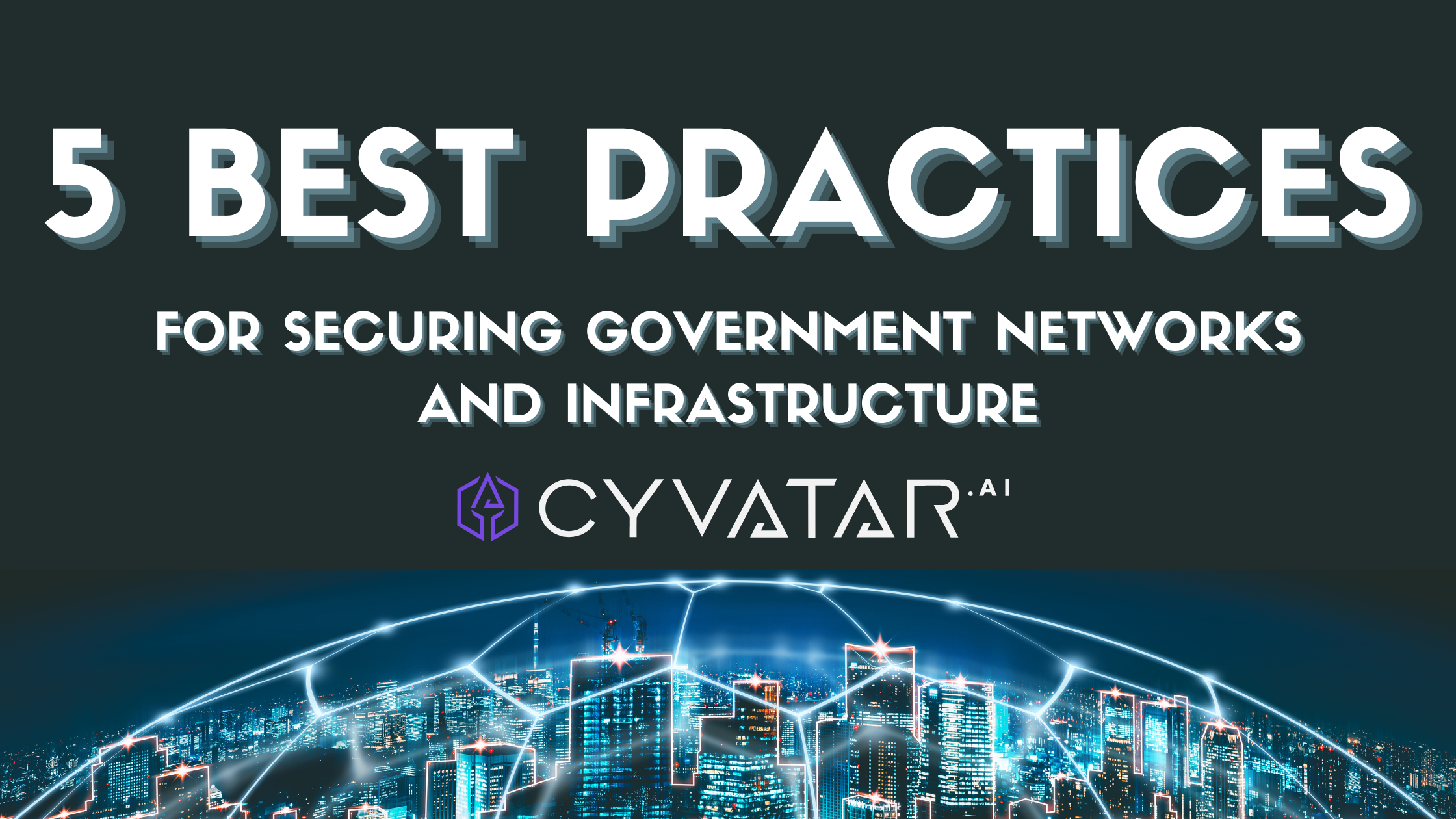5 Best Practices for Securing Government Networks and Infrastructure

5 Best Practices for Securing Government Networks and Infrastructure
Courtney Pereira | 02/27/2024Now that digital technology underpins almost every aspect of modern life, cybersecurity has evolved from a mere facet of technical operations to a cornerstone of national security. Cyber threats have grown exponentially in both sophistication and frequency, which, in turn, challenges governments worldwide to better fortify their digital frontiers. In this context, safeguarding government networks and digital infrastructure is not just a matter of IT hygiene but a critical defence mechanism against threats that can undermine national stability and security.
Singapore stands at the forefront of this digital defence, as the city-state is recognised globally for its exemplary cybersecurity measures. Cyber defence in Singapore is built on a foundation of rigorous policies, innovative technologies, and a proactive stance towards cyber threats. This strategic framework is supported by the Government Technology Agency (GovTech), which plays a pivotal role in implementing these policies across government services. GovTech’s initiatives include the deployment of sophisticated cybersecurity technologies, the establishment of strict governance standards for information and communication technology (ICT) and smart systems (SS) protection, and leading the charge in the development and adoption of national cybersecurity guidelines. This dedication to cybersecurity excellence, in turn, positions Singapore as a global leader that offers a viable model for effective digital governance and security.
This article explores some of the cybersecurity best practices that are essential for safeguarding government networks and infrastructure. By exploring these strategies, this short guide aims to shed light on the right approaches to take to maintain the integrity and resilience of critical digital assets.
Adopt a Zero Trust Architecture
Zero trust architecture has become a linchpin in cybersecurity, and it’s especially crucial for government networks where the protection of sensitive data is of paramount importance. This security model operates on the assumption that threats can originate from anywhere, and thus, no user or device should be trusted by default. Zero trust security systems require verification at every step, and this ensures that only authenticated and authorized users and devices gain access to network resources. This stringent approach effectively blocks unauthorized access and mitigates the risk of insider threats.
Implementing a zero trust system involves sophisticated identity and access management solutions, including multi-factor authentication, least privilege access controls, and real-time monitoring of network traffic. These technologies work together to create a dynamic and adaptable security environment that can respond promptly to potential threats. For government entities, the shift to a zero trust security model promises a more resilient defence against an increasingly hostile cyber landscape—a must for protecting the integrity and confidentiality of critical data.
Segment Networks
Network segmentation is another cornerstone of robust cybersecurity, as it compartmentalizes government networks into distinct zones. This architectural decision limits the lateral movement of attackers within the network. By isolating critical systems and sensitive data, government agencies can tailor security measures to the specific needs and risk profiles of each segment, which in turn serves to enhance overall security.
Effective network segmentation requires careful planning and execution. It incorporates firewalls, virtual private networks (VPNs) and other security technologies to enforce strict access controls between segments. This setup not only prevents unauthorized access but also simplifies the management of security policies and the monitoring of network traffic for suspicious activities. For governments, the ability to isolate and contain a threat to a single segment substantially reduces the potential impact of a breach.
Encrypt Sensitive Data
Government agencies often deal with highly confidential information ranging from citizens’ personal data to national security details, which makes employing robust encryption techniques critical. Encryption ensures that sensitive data remains secure and indecipherable even if it is intercepted or accessed by unauthorized parties. Government data needs to be encrypted both at rest and in transit with strong algorithms that create a secure barrier against cyber espionage and data breaches.
Perform Continuous Monitoring and Vulnerability Management
Cybersecurity, to be truly effective, needs to be approached as a continuous process of supervising organisational networks and managing vulnerabilities. Government agencies must regularly assess their security systems to detect and address potential security issues before they can be exploited. Regular network audits, automated scanning tools, and threat intelligence feeds play pivotal roles in identifying possible weak points, which can range from software flaws to misconfigured systems.
Educate Employees in Cybersecurity Best Practices
The human element is often the weakest link in the cybersecurity chain, and this makes education and awareness among employees a critical aspect of a comprehensive security strategy. Government agencies must invest in regular training programs that cover cybersecurity best practices, emerging threats, and the responsible handling of sensitive information. These investments help to build a security-oriented culture, where employees are equipped to recognize and respond to potential security threats like phishing attacks and social engineering tactics.
Beyond formal training sessions, building a continuous learning environment through newsletters, security alerts, and awareness campaigns can keep cybersecurity at the forefront of employees’ minds. This approach mitigates the risk associated with human error and empowers employees to act as a proactive line of defence for their organisation. A well-trained workforce has the potential to contribute significantly to the overall security of government networks and the protection of national interests.
The journey towards securing government digital infrastructure is continuous and requires unwavering vigilance and commitment. As Singapore and other countries wrestle with the complexities of the cyber landscape, the collective resolve to protect and innovate will guarantee a safer digital future for all.
